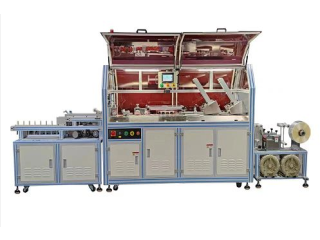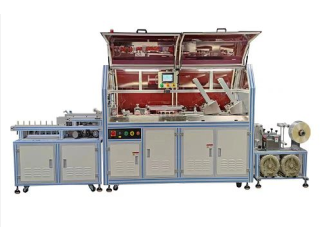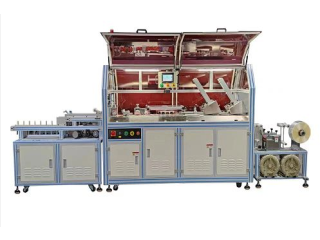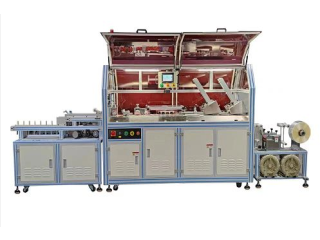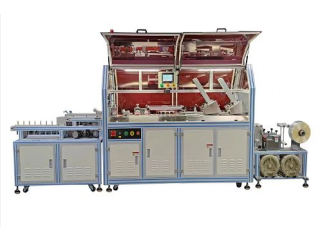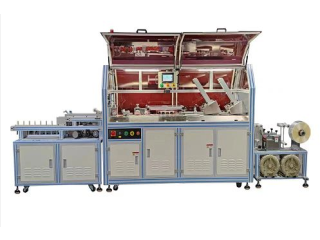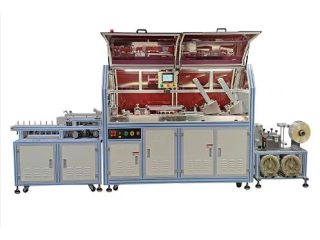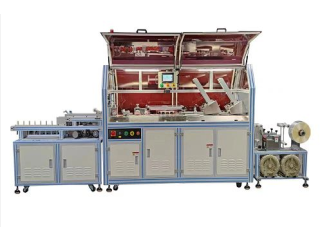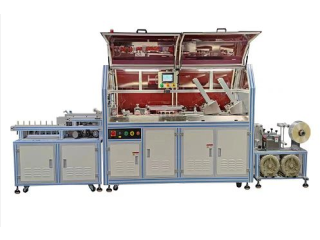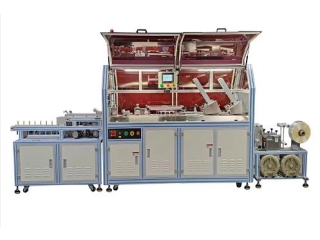How a Car Battery Starts a Car
Sep 20th, 2022 at 11:34 Automobiles Battagram 228 viewsHow a Car Battery Starts a Car
The first purpose of an auto battery is to provide power for starting your vehicle. It also acts as a surge protector for the car's computer and provides power for short-term use of things like lights, stereo, GPS or wipers when the engine is off.
The car battery is part of the starting system. There are three main components in this system:
The switch controls the starter relay (also called a solenoid). When you turn the ignition, it sends a small electrical current to the starter relay. This causes a pair of contacts to close.
When those contacts close, the battery sends voltage to the starter motor, which turns some gears to start the car.
What Are Cold Cranking Amps?
Cold cranking amps (CCA) refers to the amount of power a battery can supply for 30 seconds even at low temperatures. Larger engines require more power to start, as does starting the car for the first time on a cold day.
A high CCA rating is important for standard auto batteries in areas with subzero temperatures, since deeply discharged wet cell batteries can freeze solid in such weather.
How the Car Battery Recharges
The alternator is responsible for recharging your car battery as you drive. This part also supplies power for your car’s electronics when you're underway. It is driven by the alternator belt from the engine. As the belt goes around, it generates electrical current to run your vehicle's electronics. It also sends some current back to the battery to recharge it.
A voltage regulator controls this flow of electricity to keep it even and deliver the right amount of charge to meet needs like running the AC or heater. It also protects the battery from overcharging, which can damage it.
Why Does My Battery Die?
Over the life of a battery, discharge-recharge reactions happen thousands of times. Each cycle wears out the plates a bit, and over time the lead deteriorates. As your car battery loses capacity, cold cranking amps decrease.
Deep discharging, which happens when you use the battery to run the stereo, lights or other electrical systems in your car when the engine is off, is responsible for a good portion of battery failures. Discharging most of your battery's capacity by using it in this manner for too long and then recharging it through driving can cause the sulfur in the electrolyte solution to stick to the lead and create other damage to the plates in the battery.
What Are the Different Types of Auto Battery?
The two most common auto batteries for sale today are standard wet cell batteries and absorbed glass mat (AGM) batteries. Both use lead-acid technology. The differences are in the needs of the car.
Standard Wet Cell Batteries
These are also called flooded, conventional or SLI (starting, lights, ignition) batteries. Some standard batteries have vents that allow for airing out corrosive gases, steam, and condensation (these may be called vented batteries). They have removable caps for adding fluid. Other wet cell batteries are closed systems, with no removable caps.
Service needs: Occasional simple maintenance including cleaning off corrosion on terminals and topping off the fluid with distilled water if the battery has removable caps. The battery should be visually checked every year. Battery charge should be checked before road trips and after summer before temperatures fall.
Lithium ion power battery the lives of millions of people each day. From laptops and cell phones to hybrids and electric cars, this technology is growing in popularity due to its light weight, high energy density, and ability to recharge.
THE BASICS
A battery is made up of an anode, cathode, separator, electrolyte, and two current collectors (positive and negative). The anode and cathode store the lithium. The electrolyte carries positively charged lithium ions from the anode to the cathode and vice versa through the separator. The movement of the lithium ions creates free electrons in the anode which creates a charge at the positive current collector. The electrical current then flows from the current collector through a device being powered (cell phone, computer, etc.) to the negative current collector. The separator blocks the flow of electrons inside the battery.
CHARGE/DISCHARGE





